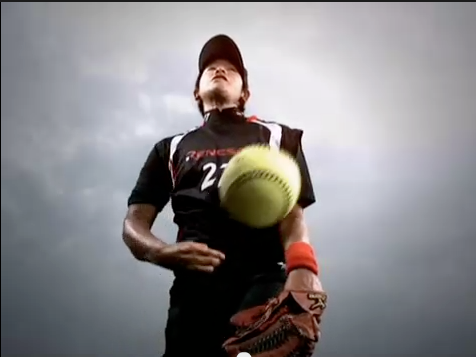Getting Started With Fastpitch Power’s Pitching Style: A Guide
I got an email last week from a reader asking if our pitching articles followed a particular progression. I thought it would be very useful to compile some of our pitching articles and videos into a guide that could be used either by a complete beginner or by a pitcher who is transitioning from a different style to the one we teach. Reader, if you’re seeing this, thanks for the suggestion! Your email kept bouncing back so I’m sorry I was only able to reply this way. But now, everyone can benefit!
Read More
